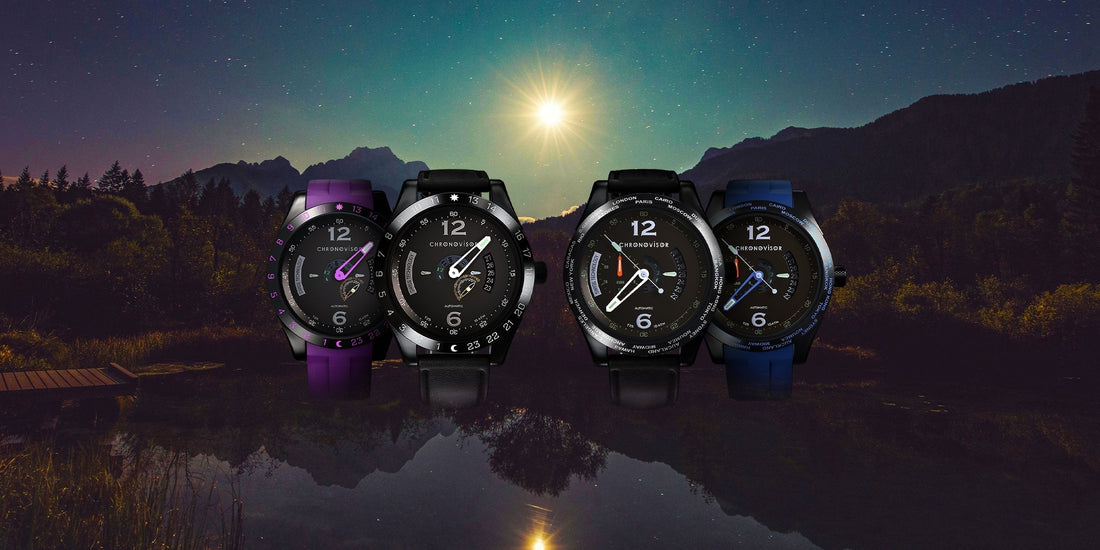
The History of Watches – Humanity’s Quest to Master Time Introduction
From sundials to smartwatches, humanity has always sought to measure and master time. Watches are not merely instruments; they are reflections of science, society, and style. The history of watches is a fascinating journey through innovation, culture, and craftsmanship.
Ancient Timekeeping Origins
Long before mechanical watches, ancient civilizations used sundials, water clocks, and hourglasses. These devices were ingenious but limited — they required sunlight, water flow, or constant resetting. The desire for portable, precise timekeeping eventually inspired the evolution of the watch.
The Birth of the Pocket Watch
The 16th century saw the first true watches appear in Europe. These early designs, worn as pendants or tucked into clothing, were the ancestors of the pocket watch. While not highly accurate, they were luxury items and symbols of prestige. Nobles and royalty collected ornate pieces adorned with jewels and engraving, transforming watches into both practical and decorative objects.
The Rise of the Wristwatch
For centuries, the pocket watch reigned supreme. It wasn’t until the early 20th century that wristwatches became popular. Initially considered feminine accessories, wristwatches gained mass acceptance during World War I, when soldiers needed quick, practical access to time. Military use demonstrated the wristwatch’s practicality, forever changing its reputation.
Mid-Century Innovation
The 20th century became an era of relentless watch innovation. Swiss companies perfected mechanical movements, while brands like Rolex pushed boundaries with waterproofing (the Oyster case) and chronometer certifications. Pilot watches, diving watches, and racing chronographs connected timepieces to exploration and adventure. Watches became not only tools but also cultural icons.



